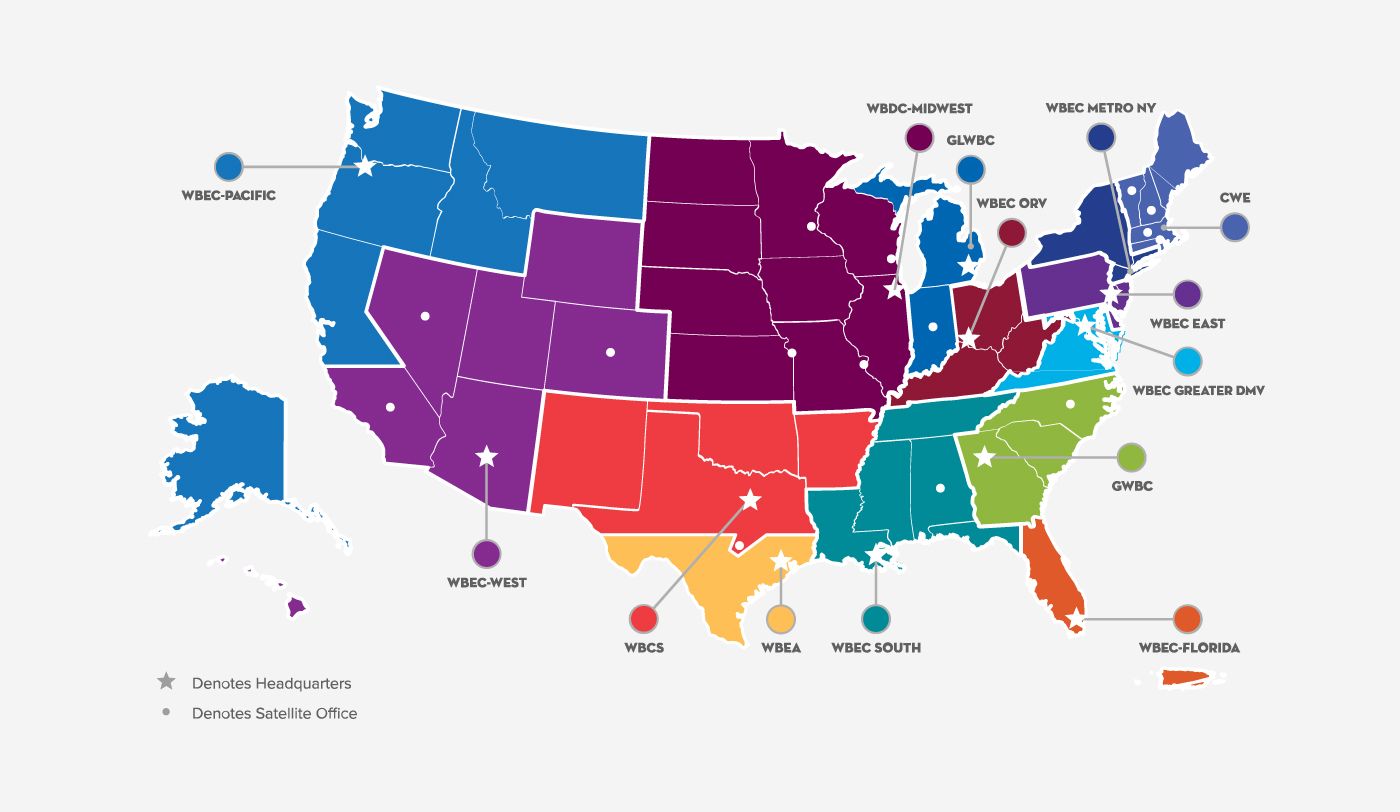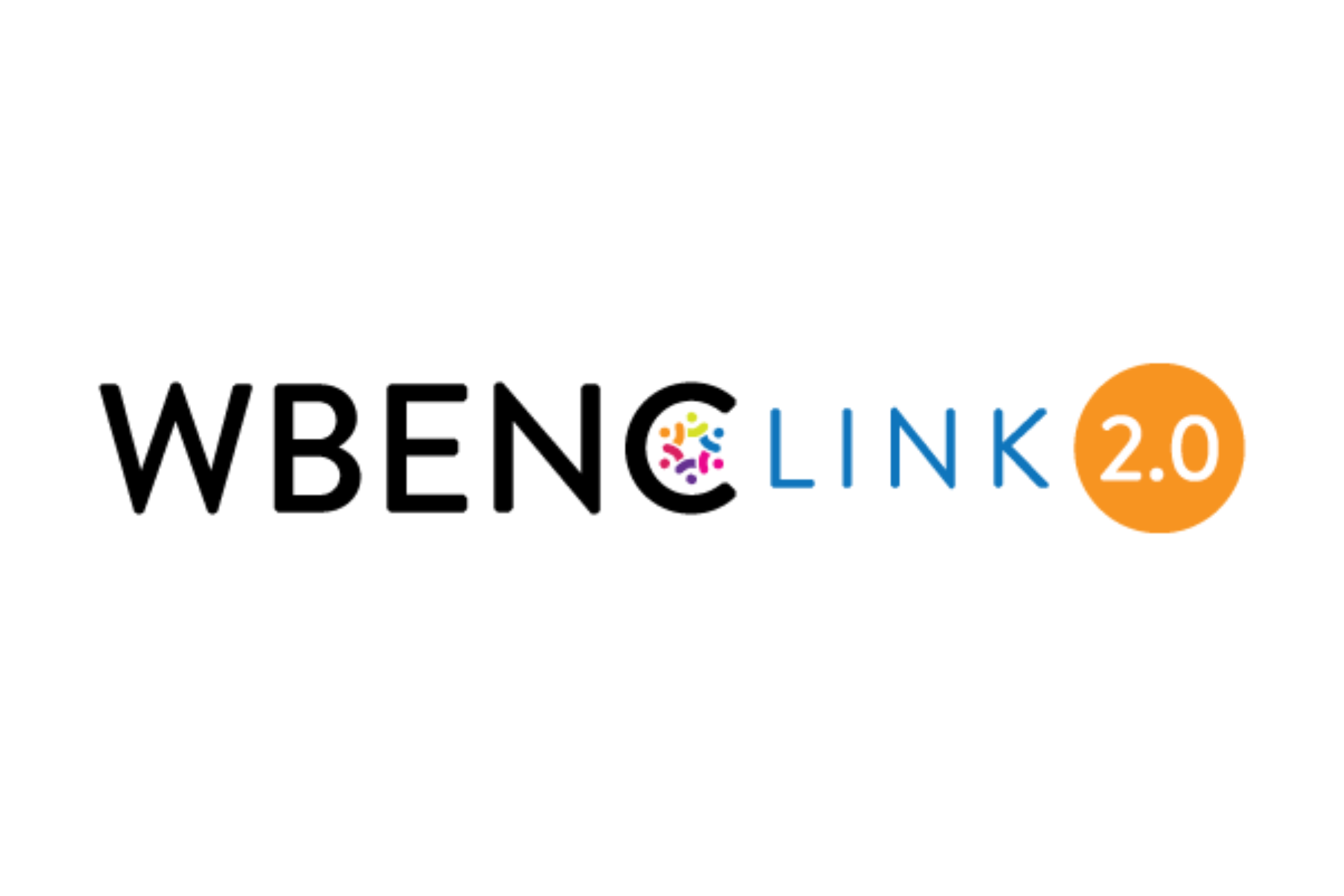Economic empowerment starts at a young age, especially for girls. Susan Michel, founder and CEO of Glen Eagle, a WBENC-Certified financial services firm, offers advice on how and why to teach children about money.
April is National Financial Literacy Month, the perfect time to focus on the importance of teaching children about money. With the current pandemic, many of us are dealing with having our children at home and the continued challenges that go along with virtual learning. There are many creative and engaging ways to teach life lessons outside of the classroom — even if you are not a certified teacher!
While many parents understand the value in teaching their kids about money, they often are not sure where or how to start. These are three ways to think about teaching your children about money:
Demonstrate and demystify the relationship between work and money: You can do this by including kids in family budget discussions. Meal times are a great time to talk to kids about money. If you are planning a family vacation, for example, have them research how much items cost. They can look up airline flights, car rental rates, hotel options, local activities, etc.
Open a savings account with your child: A perfect opportunity to teach children about budgeting and saving is when they receive money from special events or birthdays. Consider taking your child with you to the bank to open the account or having them help make online deposits. You can have them split the received money into thirds: a third can be used on themselves, a third given to a charity, and a third put into a bank account. Also consider letting your child invest their money in the stock market. You can let them pick the stock the money is invested in. Also consider letting your child invest their money in the stock market. You can let them pick the stock the money is invested in. Then, each quarter, you can review the account statement with your child and see how the value goes up and down. These examples are powerful ways you can show children the power of compounding as well as build their confidence in saving for the future.
Play games involving money: Money-themed board games like Monopoly or Life are engaging, memorable introductions into understanding how money works. Play store or restaurant and include your children when you make trips to the bank or ATM machine.
Since 2016, not one U.S. state has added personal finance to the K-12 standards. This lack of financial basics is creating long-term negative effects. For example, nearly one fourth of millennials are spending more money than they earn and 67% of Gen Yers have less than three months’ worth of savings in emergency funds.
Studies show that children benefit from learning how money works, beginning at a very young age. These are just a few of the benefits that come from financial literacy:
- A better understanding of the United States and the world economy
- Young adults who open a savings account as a child tend to have more assets as adults
- Kids who spend and handle money on their own (with their parents’ supervision) tend to be more self-confident about money once they are on their own and less anxious about their finances
- Greater chance your child will save for retirement
- Shown to have a reduced amount of personal debt as an adult and a lower likelihood of using high-cost methods of borrowing
Teaching financial literacy to our own families, especially to our daughters, is very important. Studies consistently find that women have lower financial literacy levels than men, even after accounting for marital status, education and income.
This gender gap in financial literacy is observed throughout women’s lives. We, as parents, can stop this trend and pass down good financial habits to our kids.
Parents who discuss financial topics with their kids at least once a week are significantly more likely to have kids who say they are smart about money (64% vs. 41%). The small steps we take today can have a major, measurable impact on our children and on their future success.







